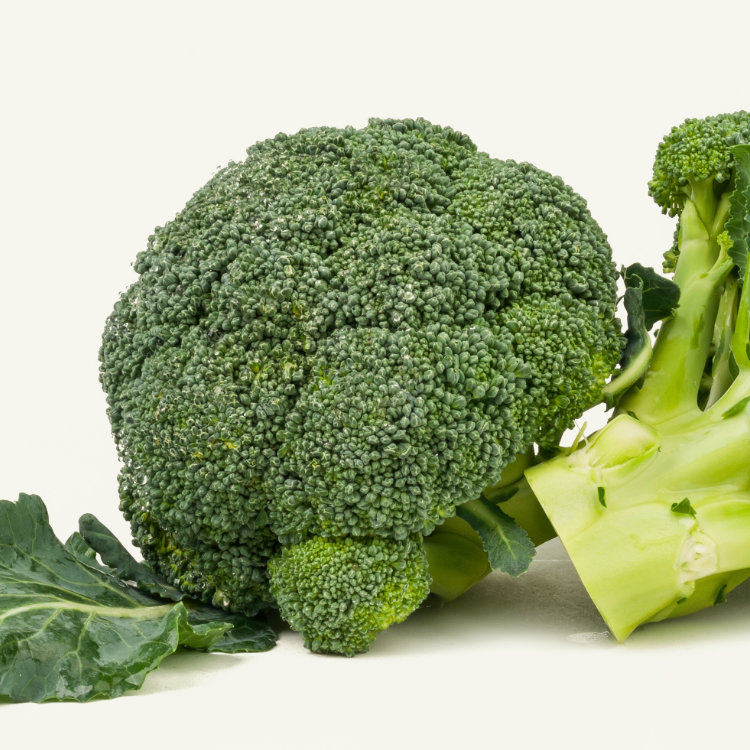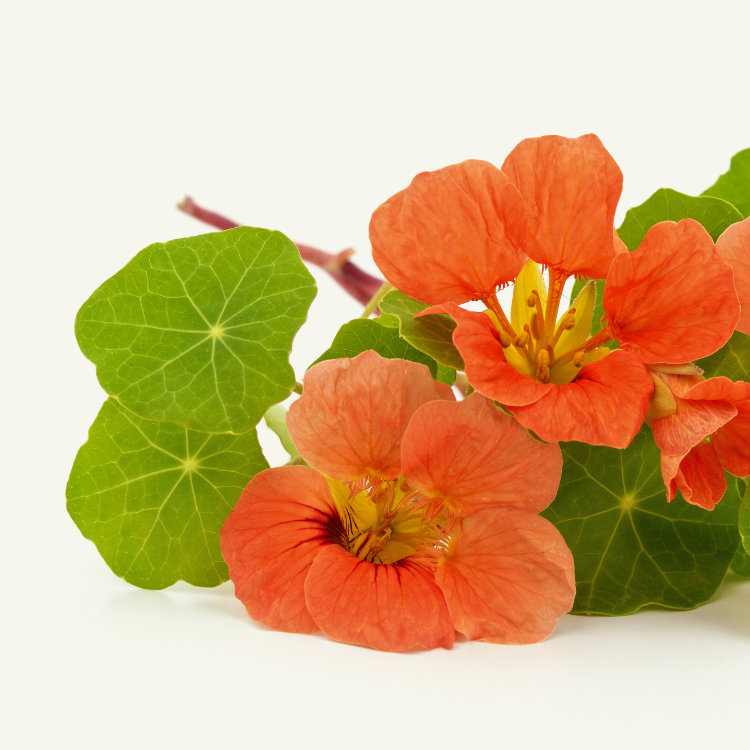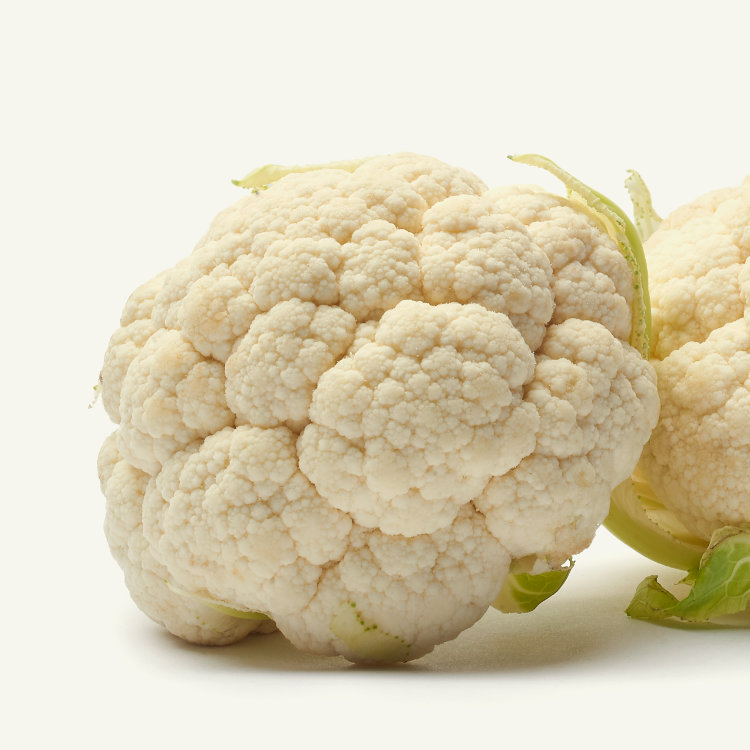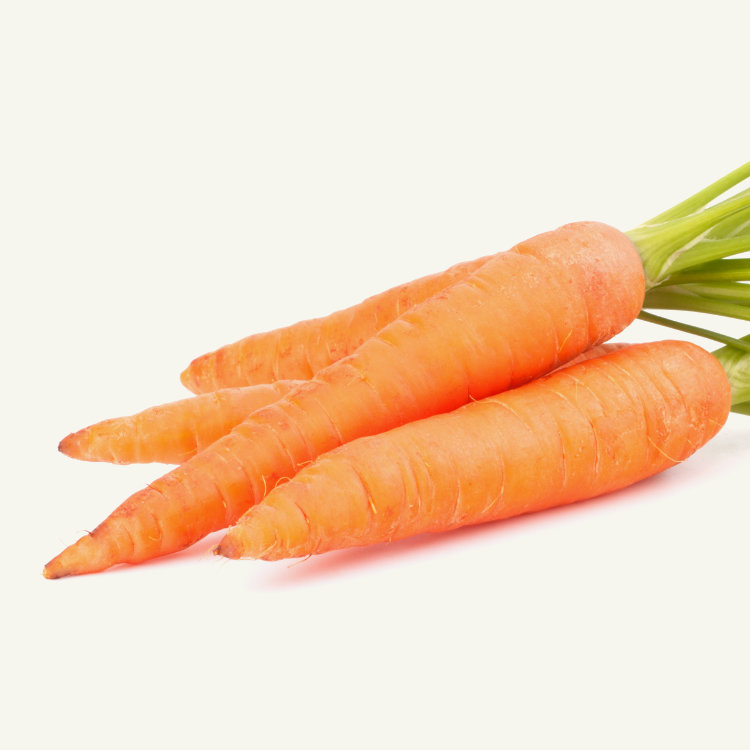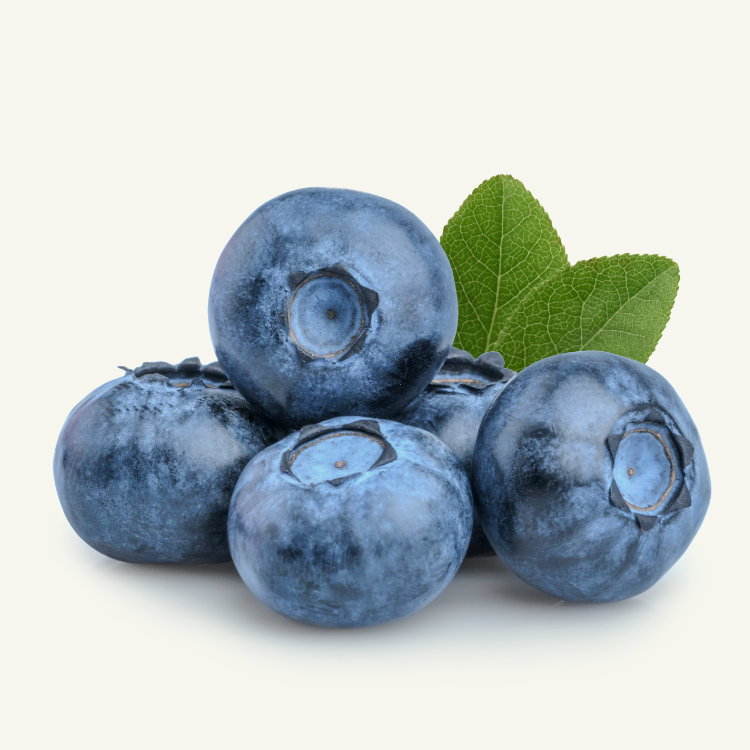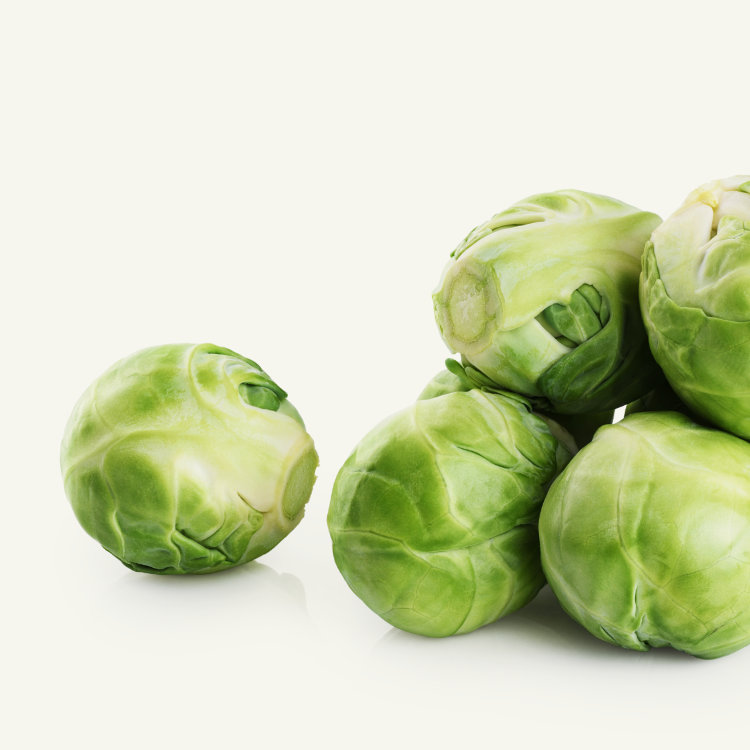Description
Broccoli, Brassica oleracea var. italica, is an annual or biennial herbaceous plant cultivated for its edible flower heads.
Its amazing nutritional values are enough for you to appreciate and learn to grow this vegetable. Broccoli is one of your heart’s best friends and is also important in the diet of people with obesity and diabetes.
They resemble cauliflower, which is a different cultivar group of the same Brassica species.
Characteristics
Plant
Type
Herb
Life
Cycle
Annual
Biennial
Plant
Height
45–90 cm
(18-36 in)
Plant
Spread
60 cm
(24 in)
Biodynamic
Group
Flower
Plants
Hardiness
Zones
USDA 3-10
RHS H4
Broccoli heads can be eaten cooked or fresh/raw in salads (it’s delicious…).
You can eat broccoli leaves, also very nutritious.
Growing Conditions
Sunlight
Full sun + part shade
Water
Moisture loving
Soil
Loam, clay, sand.
Fertilization
High
PH
6.0 to 7.0
Culture Guide
Propagation
From seeds
Deep
1,5 cm
(0,5 inches)
Space
60 cm
(24 inches)
between plants
Distance
60 cm
(24 inches)
between rows
Calendar
JANUARY
FEBRUARY
MARCH
APRIL
MAY
JUNE
JULY
AUGUST
SEPTEMBER
OCTOBER
NOVEMBER
DECEMBER
Unfavourable. Sow/Plant Sow/Plant/Harvest. Harvest.
Sowing, planting, and harvesting times are region and hardiness zone-dependent. Please adjust dates according to country and crop used.
To know the best times for indoor seeding, outdoor sowing, planting, and harvest, please consult our gardening calendar.
Pairs
Companion planting is an excellent method to maximise space, improve pollination, deterring pests, prevent diseases, and improve growth.
Discover what crops can you use for better results, and the ones you should avoid.
Positive
Absinthe
Carrot
Dandelion
Leek
Lettuce
Onion
Potato
Carrot
Aubergine
Tomato
Negative
Asparagus
Brassicas
Cauliflower
Shallot
Strawberry
Pests and Diseases
Easy to grow and with some resistance to pests and diseases, broccoli can be susceptible to a range of problems, easily preventable or controlled.
Some of the most common are: aphids, alternaria leaf spot, cabbage loppers, crucifer flea beetle, whiteflies, downy mildew, snails, thrips, white rust.
Prevention and Control
Prevention and control methods depend mostly on the pests and diseases affecting your plants. Weather, soil, and the surrounding environment can also promote or demote plant problems.
For the most common issues, you can use horsetail decoction, neem oil, and Bacillus thuringiensis.
Nutrients
Energy
Carbohydrates
Water
Average nutrition values per 100 g. of edible portion.
Percentage of daily values based on a 2000 calorie diet.
Health Benefits
Broccoli is very rich in vitamins and minerals and is a good source of vitamin A, vitamin C, potassium, folic acid, iron, phosphorus, among many other nutrients.
They are excellent in any diet but especially for people with heart problems, obesity and diabetes due to their nutritional properties. Broccoli has also anticancer properties and slows the aging process.
You may also like to know more about

